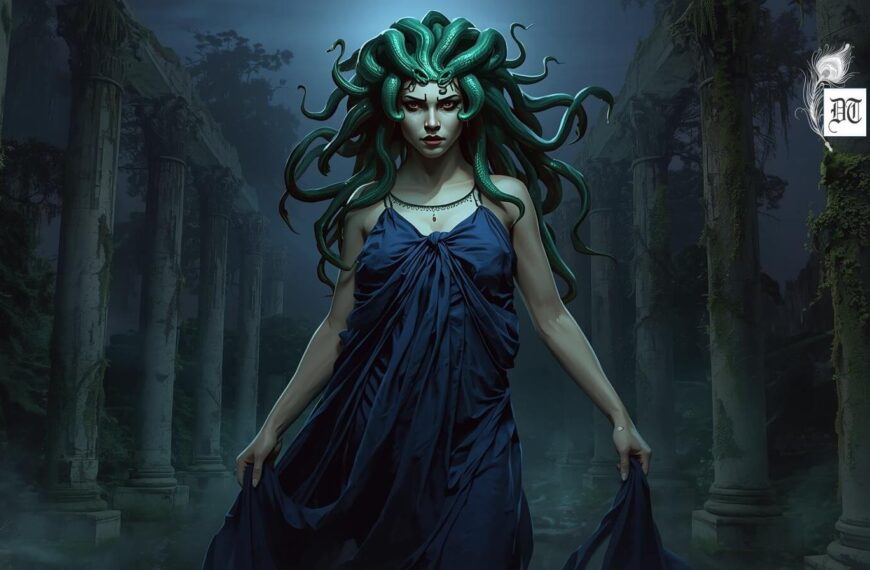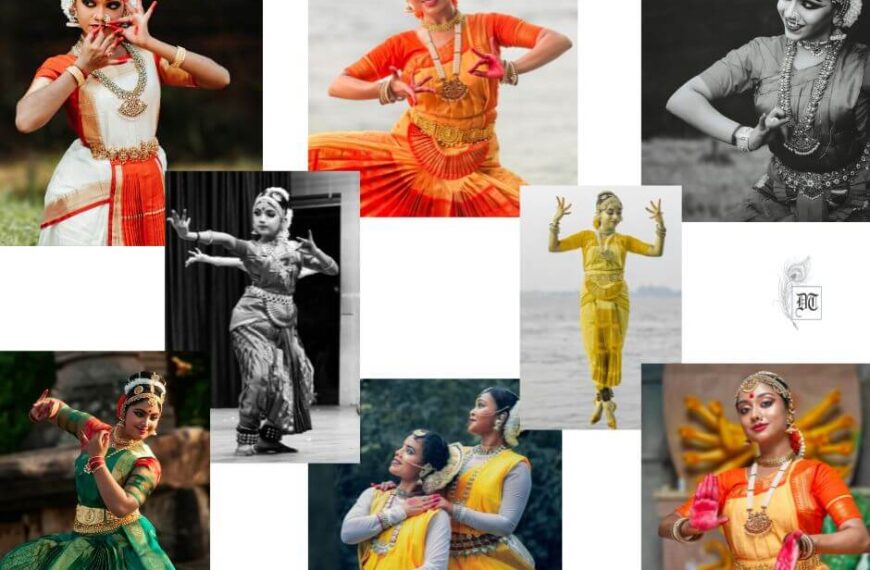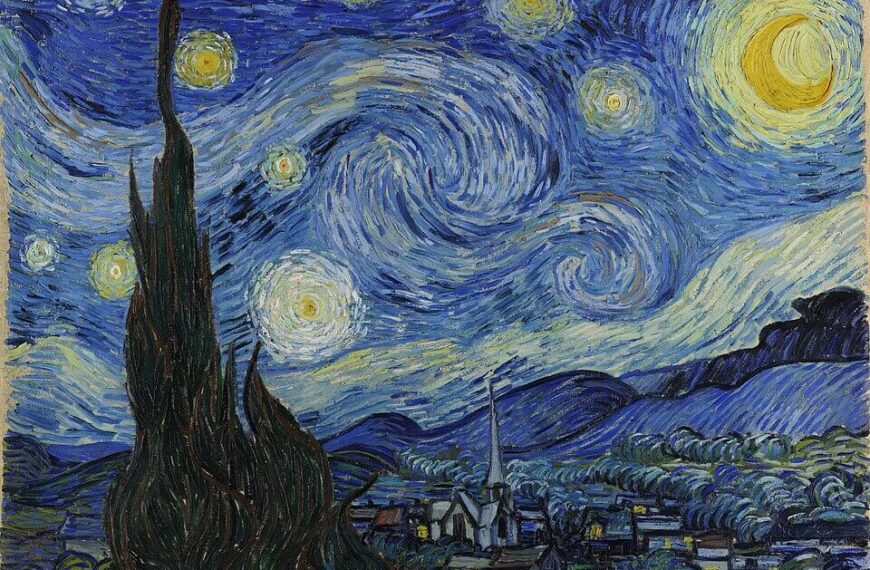The Passion, an oratory of the Gospel, is performed during the Silent Week, the week preceding Easter traditionally in churches, but also in concert halls. Some Dutch ministers among others make an annual ‘pilgrimage’ to the church in Naarden to listen to this piece. Here’s an in-depth report by Bhaswati.
The St Matthew Passion (The Passion), an oratorium or oratory of the Gospel according to Matthew, was composed by J.S. Bach, a devout Lutheran. But the actual verses of the oratory were provided by several contemporary poets, especially Christian Friedrich Henrici (Picander).
 The Passion is the Biblical story of Jesus’s life from the White Thursday evening before the Last Supper till his burial on Good Friday. The first performance of The Passion was at Thomaskirche in Leipzig in 1727, where Bach worked as the director of church music and cantor. It was forgotten after Bach passed away in 1750, but was reintroduced by Felix Mendelssohn who conducted a 400-member chorus and a full orchestra in Berlin, in 1829. Since about 1900 it increasingly became a part of the concert repertoire. The piece is performed during the Silent Week, the week preceding Easter traditionally in churches, but also in concert halls. Up till now, some Dutch ministers among others make an annual ‘pilgrimage’ to the church in Naarden to listen to this piece.
The Passion is the Biblical story of Jesus’s life from the White Thursday evening before the Last Supper till his burial on Good Friday. The first performance of The Passion was at Thomaskirche in Leipzig in 1727, where Bach worked as the director of church music and cantor. It was forgotten after Bach passed away in 1750, but was reintroduced by Felix Mendelssohn who conducted a 400-member chorus and a full orchestra in Berlin, in 1829. Since about 1900 it increasingly became a part of the concert repertoire. The piece is performed during the Silent Week, the week preceding Easter traditionally in churches, but also in concert halls. Up till now, some Dutch ministers among others make an annual ‘pilgrimage’ to the church in Naarden to listen to this piece.
The Evangelist, a tenor, narrates (sings) the story from the gospel. Like in a stage-piece, different voices are sung by different artists. Jesus (bass), his disciples like Petrus and Judas (bass), Pilate (bass) and his wife (soprano), believers, maids (soprano and alto), witnesses (bass and tenor). The chorus sings in different roles, from the grieving believers to disciples, to mocking spectators of the trial and crucifixion decrying the king of the Jews and calling for his punishment and death. A children’s choir usually join the members of the two choir groups in the first part of the performance. There are seventy-eight individual pieces lasting between a few seconds and several minutes in a performance of the unabridged piece of about three hours.
The Passion begins at the grave with one section of the choir (believers) inviting the audience to share its grief, ‘Kommt, ihr Töchter, helft mir klagen, sehet’, ‘Come, ye daughters, share my mourning’, and tells the audience that Jesus, the innocent Lamb of God who took over the sins of the mankind was going to be crucified. This is followed by the story from the gospel interspersed with music. The last supper and the betrayal and arrest of Jesus in the Garden of Gethsemane from the crux of the first part. The arias sung by alto and soprano mournfully lament the action from the perspective of a pious believer, and drama is added by the chorus. When Jesus is betrayed by Judas and arrested, the alto and soprano sing ‘So ist mein Jesus nun gefangen’ ‘Thus my Jesus has been captured’, the chorus sings:
Let him go, stop, do not bind him!
Moon and light
have set in sorrow
Since my Jesus is captured.
They lead him away, he is bound.
Have lightning and thunder vanished in the clouds?
 The rest of the songs too together form a mournful, sad comment on the sacrifice and the crucifixion. The second part is relatively more sombre, pointing to the inevitability of the story. The music not only is of an excellent quality, but portrays the eventful last day of the life of Jesus, and according to some, ‘encapsulates Protestant mystic piety’. It depicts a kind of divinity, devotion one could crave for. It is The Passion for a person who sacrificed his life for the sake of humanity. In a thoroughly secularized society, Matthew’s Passion is perhaps one of the few public displays of religious sentiment. At the same time, it represents high culture.
The rest of the songs too together form a mournful, sad comment on the sacrifice and the crucifixion. The second part is relatively more sombre, pointing to the inevitability of the story. The music not only is of an excellent quality, but portrays the eventful last day of the life of Jesus, and according to some, ‘encapsulates Protestant mystic piety’. It depicts a kind of divinity, devotion one could crave for. It is The Passion for a person who sacrificed his life for the sake of humanity. In a thoroughly secularized society, Matthew’s Passion is perhaps one of the few public displays of religious sentiment. At the same time, it represents high culture.
However, one does not have to be a believer in order to appreciate the fine music and the intensity built into The Passion, especially when it is performed by a professional team.
Pix from Net
Good Friday & Easter Theme
On the solemn occasion of Good Friday and Happy Easter, Different Truths features two Cover Stories. The story of Christ’s martyrdom has many layers. A subaltern rose with a small band of his followers against the power structure of that time. He was tortured and crucified. It’s not just a story of the past. Such wrongs continue, in various parts of the world, to this day. Men discriminate against men. And when these suffering men ask for breads, they get stones. They are put to death. In Jesus’ sacrifice we seek deliverance and also the terrible agony of humankind to this day. We wait for Revolution. We wait for Second Coming. ~ Editor
Here’s the link of the other Cover Story:
http://139.59.80.127/religion/the-great-conflict-of-good-friday/




 By
By
 By
By
 By
By
 By
By